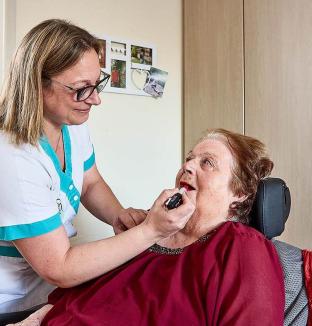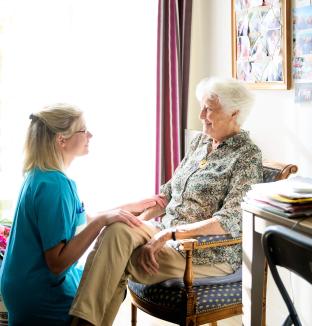What is vulnerability?
There are more and more elderly people around the world, and they represent a growing proportion of the population. Between 2030 and 2040, the proportion of the world's population aged over 80 will increase by 58%. The issue of vulnerability is therefore set to become ever more central. Let's take a look at its definition and the issues involved...
Fragility or dependence: definition
Today, there are 1.3 million frail people in France (source: DREES). Dependency, also known as loss of functional independence or frailty, describes “the state of a person who, notwithstanding the care he or she is likely to receive, needs help to perform the essential acts of life or requires regular supervision” (art. 2 of the law of January 24, 1997). Dependence can be temporary, following an accident for example, or permanent, due to advancing age or a physical or mental pathology (osteoarthritis, Alzheimer's disease, etc.). Dependency for people aged 60 or over is measured using the AGGIR (Autonomy, Gerontology, Group Iso Resources) grid.
Assessing dependency or frailty
How is the degree of dependence assessed? In France, the AGGIR grid is used to assess the frailty of elderly people. The assessment is carried out as part of an APA (Allocation Personnalisée d'Autonomie) application. It is carried out by a professional from the medico-social team of the département where the person lives, or directly by the coordinating doctor of the EHPAD where the person is admitted. In concrete terms, the assessment is carried out by means of observations and a number of questions concerning, in particular, the elderly person's ability to perform tasks such as washing, dressing, eating and moving around independently. Depending on the results obtained, the person is then classified in one of the 6 GIRs of the grid, ranging from 6 for a totally independent person to 1 for total dependence.

The existing solutions
Depending on the degree of dependence or frailty, and therefore the level of care required, several solutions are available:
- Setting up at-home services. Whenever possible, this option capitalizes on home care and helps preserve autonomy. The services offered range from help with washing and cleaning to meal preparation and walking. A wide range of possibilities, often à la carte, depending on the individual's needs.
- Assisted-living facilities are an interesting alternative when staying at home is no longer advisable (unsuitable accommodation, isolation, etc.) but the person is still independent. Service residences offer a secure, independent living environment, with services tailored to each individual situation.
- Medicalized retirement homes offer a range of care solutions: long-term stays, respite or temporary care, and day care. These establishments also have adapted living units specialized in the care of Alzheimer's disease and related disorders, as well as in the management of long-term dependency, enabling us to provide our residents with tailored, personalized support right up to the end of their lives.
It's a fact: we're living longer, and life expectancy is on the increase.To meet this ever-increasing demand, we will undoubtedly have to reinvent the way we care for the frail, whatever their level.

